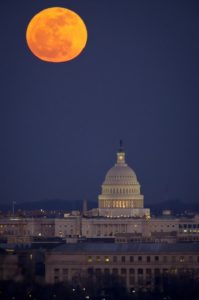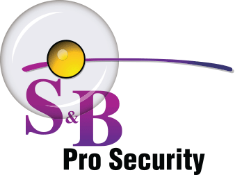
To protect a government building, one must take into consideration the threats, risks, and ways to counteract the danger.
Government buildings require the greatest measure of security over commercial and residential buildings. The stakes are high, and the threats of great proportion. Before 1995, the year of the Oklahoma City federal building bombing, there was no minimum security requirement for buildings. Since then, however, and through the leadership of the Interagency Security Committee, government security is much more developed. This is a general overview of the considerations and standards for government security today.
Most Common Threats
For government buildings, identifying the threats is all-important when planning the type of security they need. The type and number of threats can vary. Some buildings are less easily attacked because they are not located in as open a space as an adjacent building that might be. Determining how easily ruined a building might be is called the vulnerability assessment. Even so, all government facilities need to know the basic security standards for typical threats.
Threats to government buildings include unauthorized entry, threats from the inside, bombings, projectile threats, and chemical weapon activation. Cyber attacks are another huge and daily threat to government systems.
ISC Standards
However, security packages cannot come in one size and form to all government buildings. Due to the differences, the Interagency Security Committee (ISC) created five levels of government buildings.
Level 1: 1-10 occupants in less than 2,500 square feet
Level 2: 11-150 regular occupants in 2,500-80,000 square feet
Level 3: 151-450 occupants in 80,000-150,000 square feet
Level 4: More than 450 occupants in more than 150,000 square feet
Level 5: Major federal buildings, such as the Pentagon or the Capitol
These levels help to determine how crucial security is to a building.
Counteractive Measures
Counteractive measures cover all areas. Buildings are structurally designed to withstand bombings and bullets, as well as to avoid creating a domino-effect of collapses. Along with the design of the building, security systems are also required, such as CCTV, access control systems, and security alarms. S&B Pro Security is UL certified to install UL 2050 security alarms, a standard that covers the monitoring, signal processing, investigating, servicing, and operating of all alarm systems. S&B also installs the LKM10K security lock, a two-part system usually used for entry points and IT rooms.
Call S&B Pro for Your Government Security Needs Today!
When you choose to work with S&B Pro Security, you are working with a company that offers the highest end equipment and installation, with team members who are top experts in the security field. We offer residential, small business, commercial, and government security in Delaware, Maryland, Washington D.C., Northern Virginia, Baltimore, Wilmington, Newark, Annapolis, Hanover, and Rehoboth Beach.
Call us today at 800-841-9907 or email us at info@sbprosecurity.com. Find us on social media through Facebook, Twitter, LinkedIn, and Pinterest. SECURITY DONE RIGHT!
